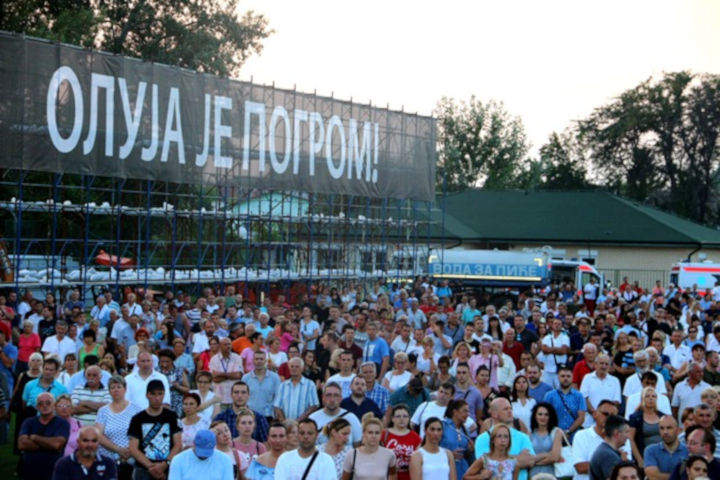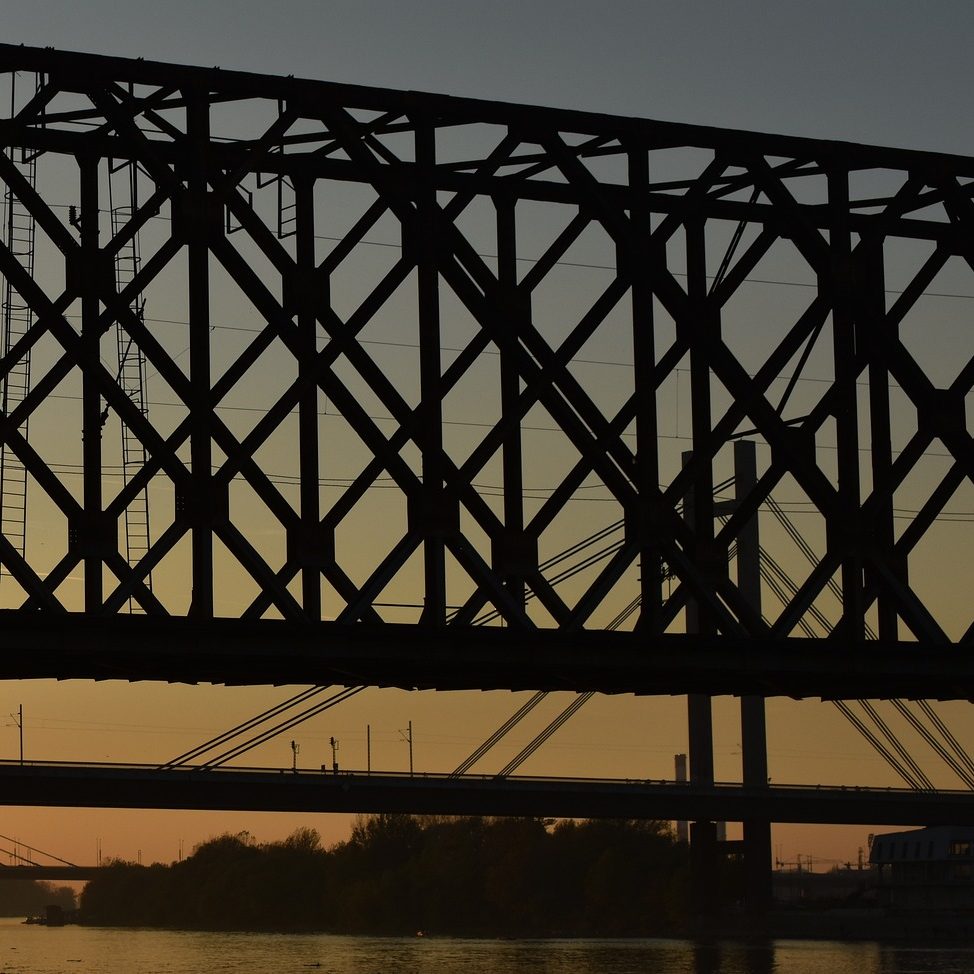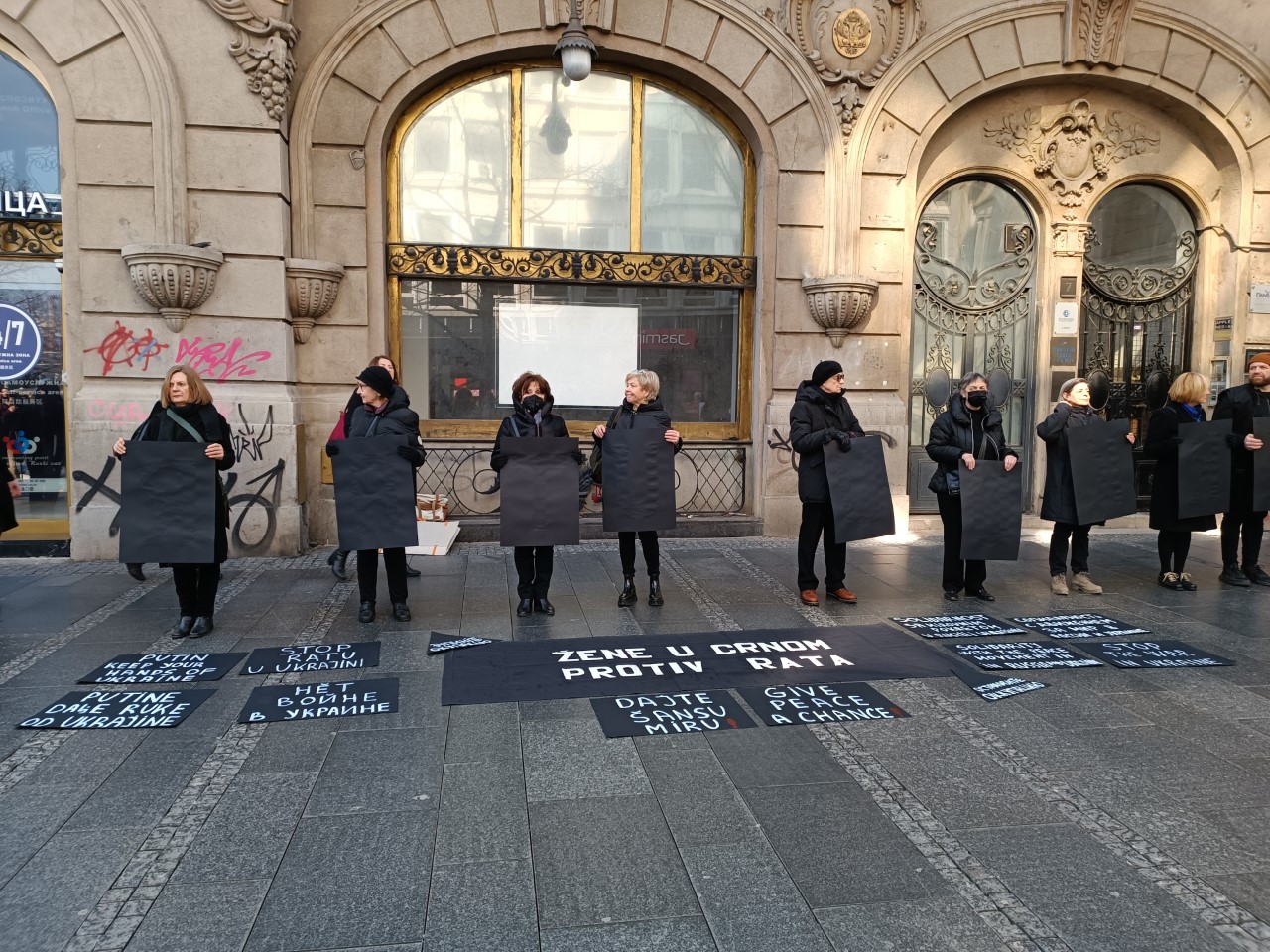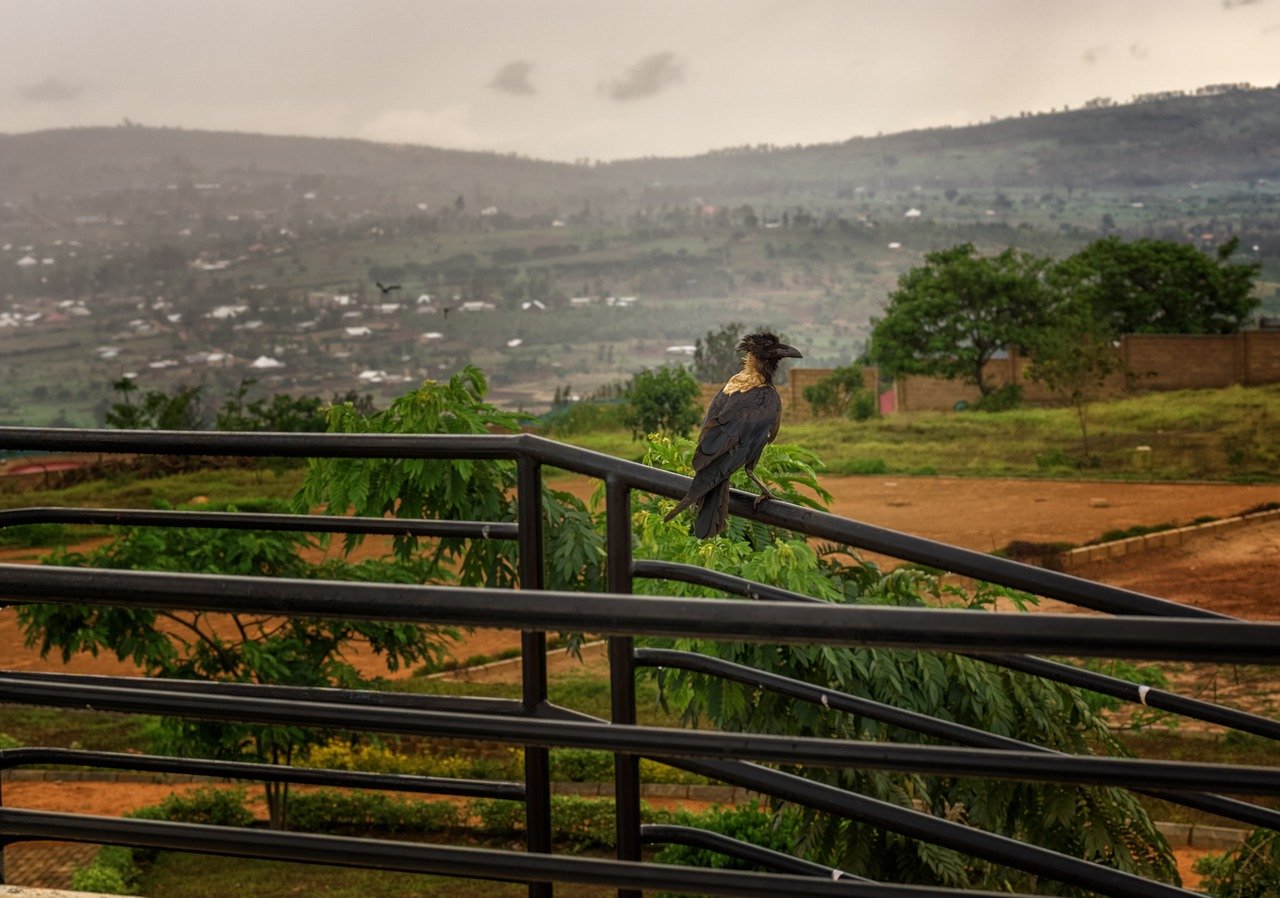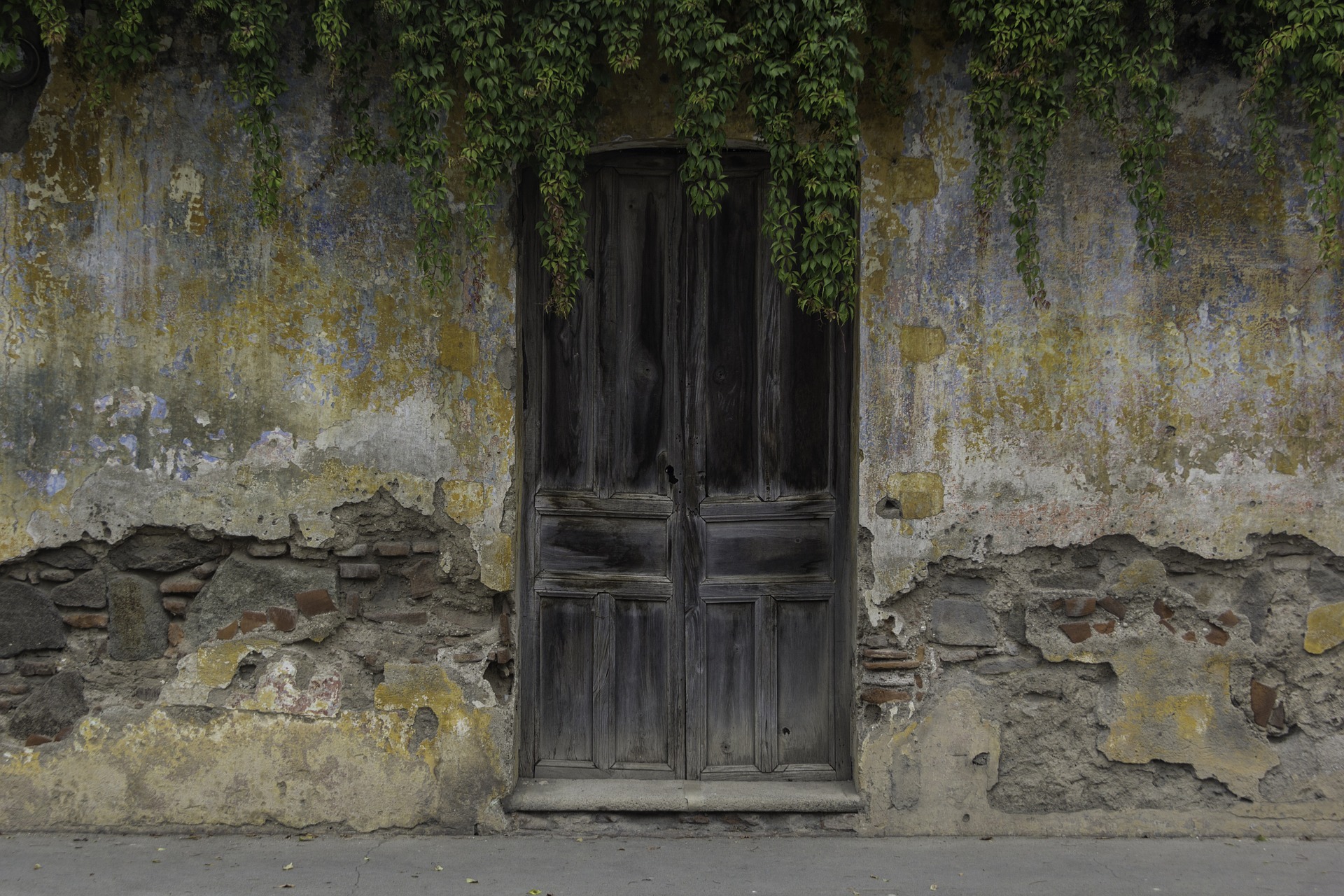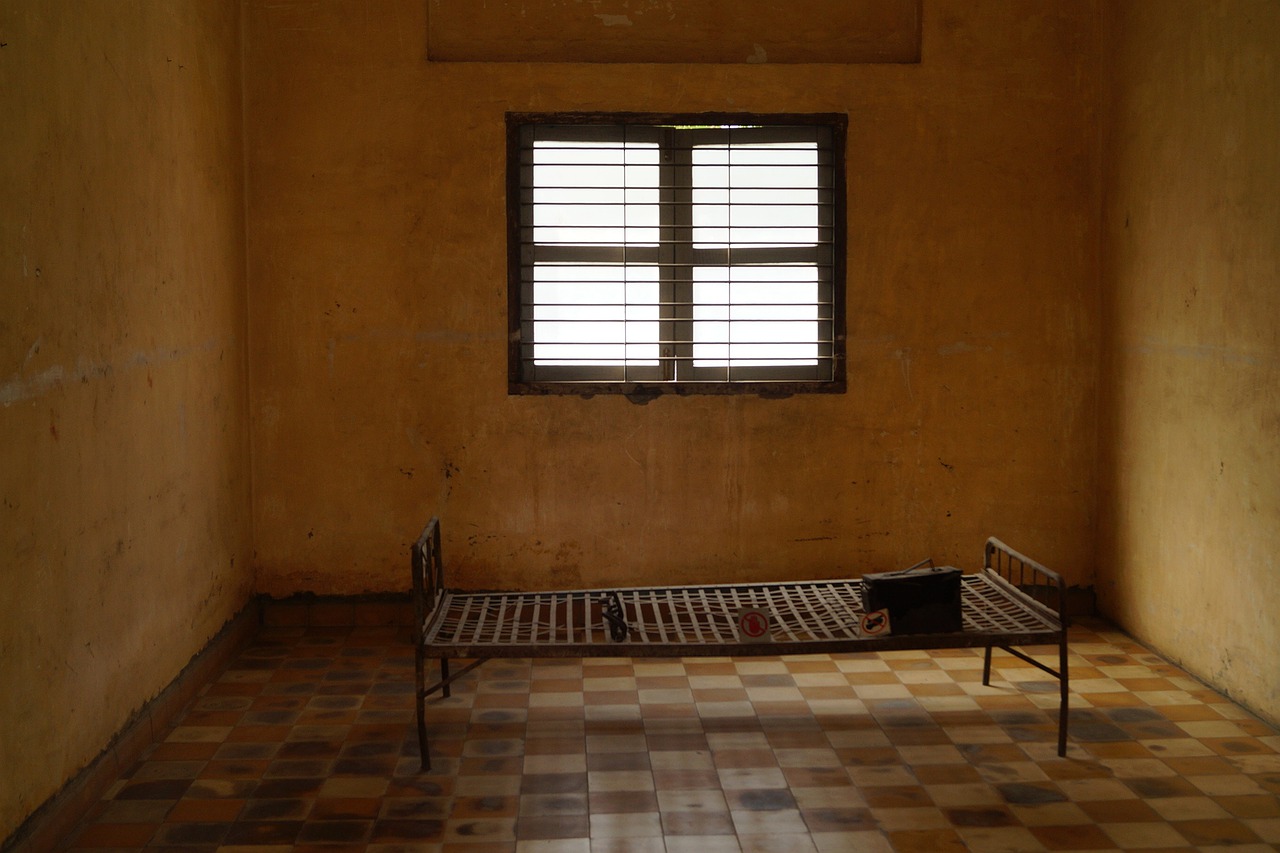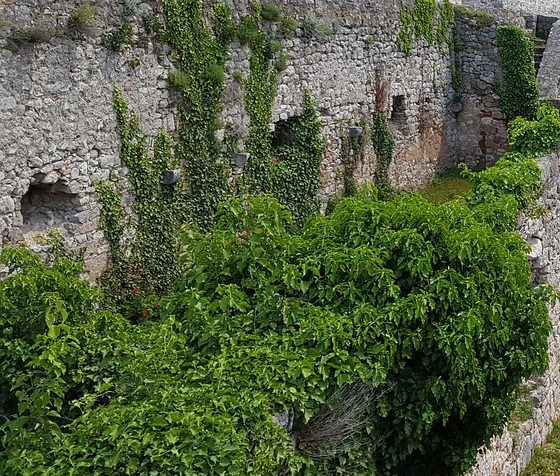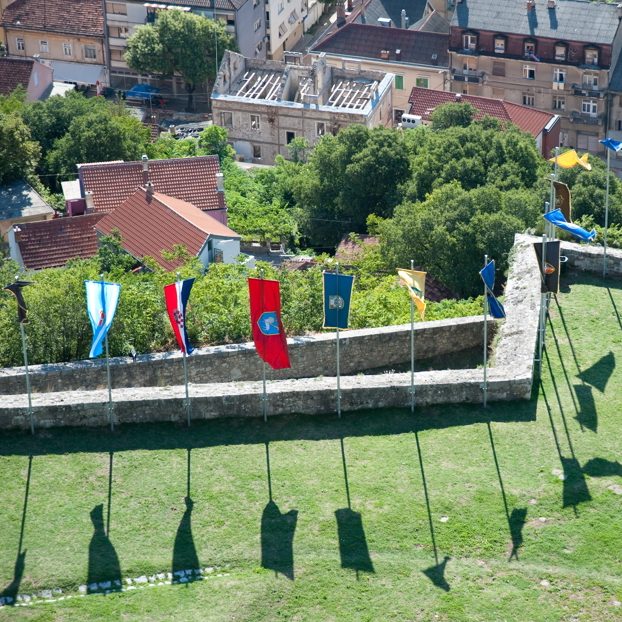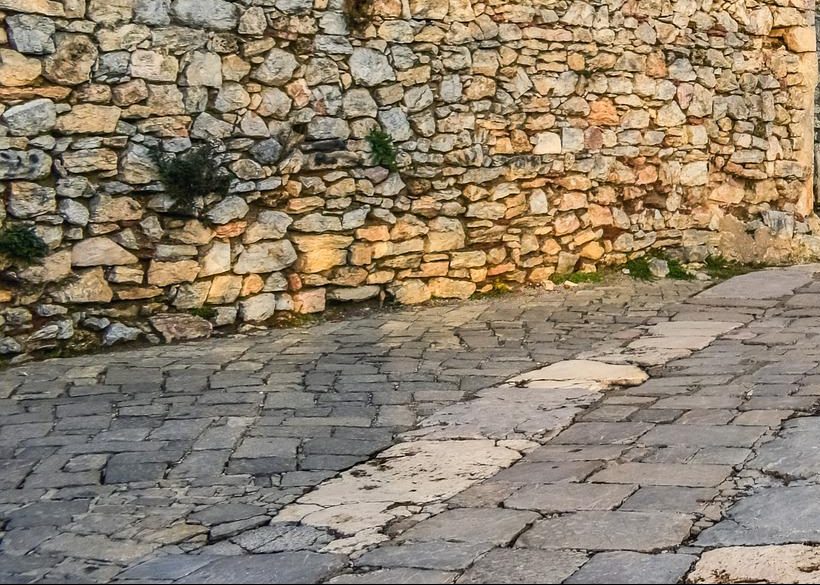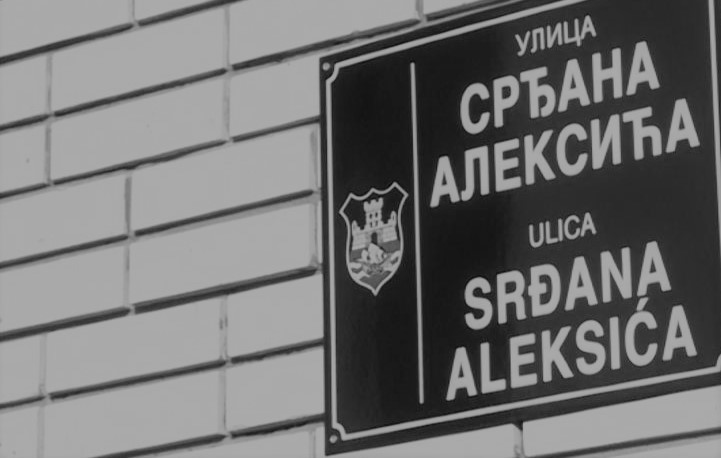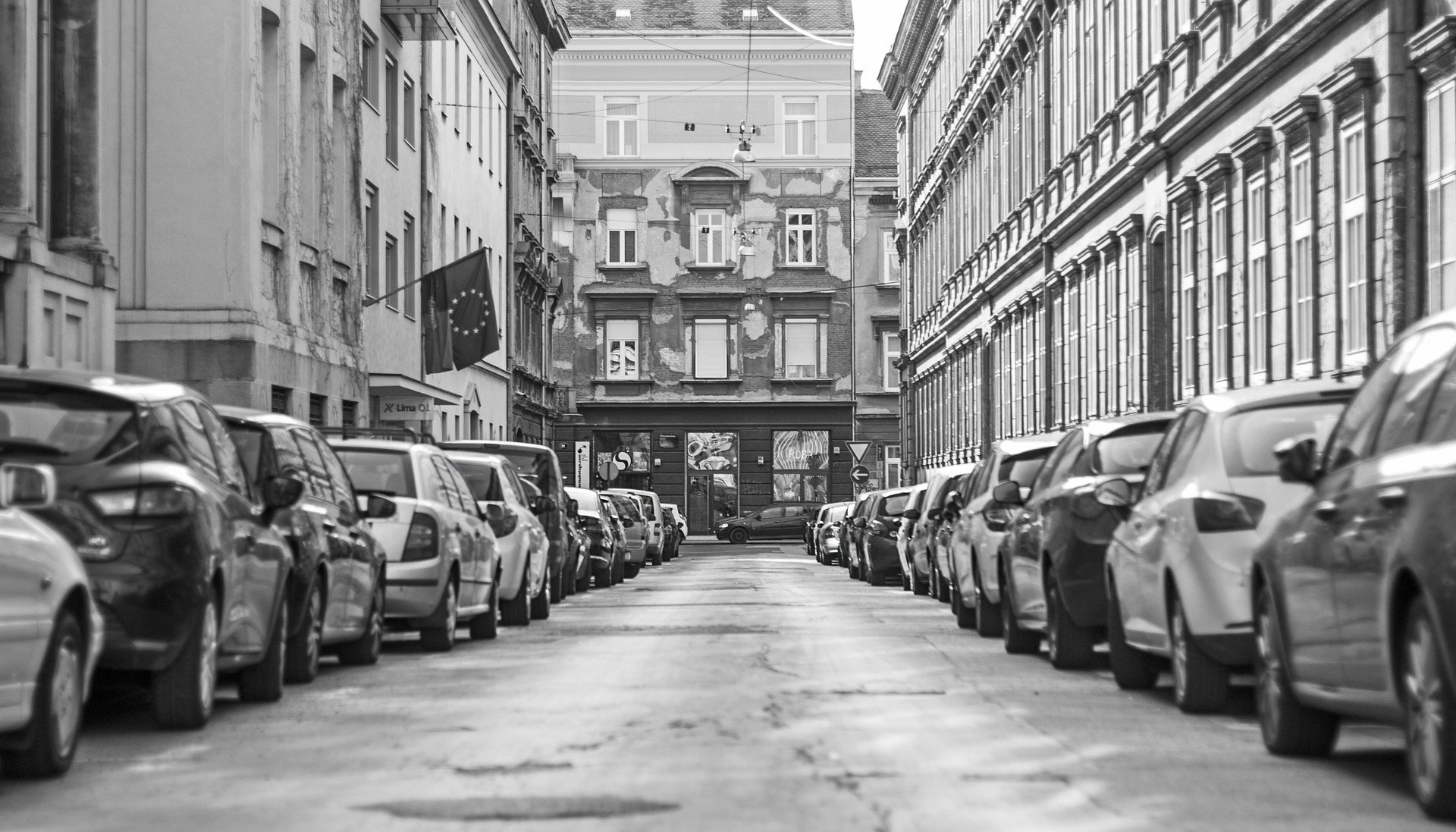Official commemorations of the events of the 1990s wars in the former Yugoslavia started in Serbia only after the Serbian Progressive Party had come to power, especially since 2014 when Aleksandar Vučić, the current president, became the prime minister. The change of the political constellation implies the change of the focus in official memory politics from anticommunism to ethnicisation of the past, two most dominant prisms of historical interpretation in Serbia’s memory politics since the early 1990s.
By: Jelena Đureinović
The first decade after the fall of Slobodan Milošević was dominated by historical revisionism motivated by anti-communism that focused primarily on the Second World War and socialist Yugoslavia, merging the 1990s into the narrative about Milošević’s “rump” Yugoslavia as a continuity with the socialist federation. With the establishment of the hegemony of the Serbian Progressive Party and its coalition partners, the 1990s wars have become increasingly present in the commemorative context. Other historical events, such as the Second World War, are ethnified – Serbified.
The re-established and militarised commemorations of the liberation from fascism by the Yugoslav Partisans celebrate the liberation as a victory of the Serbian army and another proof that the Serbian nation has always stood on the right side in history. The state officials apply this frame of interpretation to the 1990s wars too. At the same time, state representatives have not clearly separated themselves from the rehabilitation of the defeated forces of the Second World War that had dominated the previous decade and had been supported by many current state actors. This includes the former president of Serbia Tomislav Nikolić, who earned the title of a Chetnik duke during the 1990s, whose advisor Oliver Antić contributed to the positive outcome of the judicial rehabilitation of Dragoljub Mihailović and advocated including the Chetniks in the military parade for the Day of the Liberation of Belgrade.
The emergence of the armed conflicts from the 1990s in the hegemonic frameworks of memory politics serves as an important source of legitimacy for the political elites, who use the wars to separate themselves from their predecessors. The ruling parties, the Serbian Progressive Party and Socialist Party of Serbia, have kept the same attitude about the wars since the wars began, but they are in the highest government positions now and operate in a populist political context. The basic discourse behind the current memory politics is about returning pride to the Serbian nation after a long period of shame, silence and turning backs to Serbian heroes and victims.
The dominant discourses about the 1990s wars are about Serbian heroism and victimhood. Celebrating heroism involves glorification of the army and its role in the wars and public support to convicted war criminals through public events and publishing activities of the Ministry of Defense of the Republic of Serbia, as well as militarisation of commemorative practices that use the anniversaries to showcase the strength of the Army of Serbia. At the same time, Serbian victims are instrumentalised openly and continuously, as it is the case with the commemorations of the Operation Storm.
State-funded and large-scale commemorations of the Operation Storm started in 2015 when the Day of Remembrance of All Killed and Deported Serbs was established on 5 August as a national day of mourning.[1] The official video broadcast by the Radio Television of Serbia (RTS) invited the citizens of Serbia to interrupt their work at noon on 5 August, stop their vehicles and show honour to the Serbian victims accompanied by sounds of sirens and church bells, finishing with the statement that has meanwhile become the slogan of commemorations: “Storm is a pogrom”.[2]
The same year the first travelling commemoration organised by the Republic of Serbia and Republika Srpska took place. It started with a symbolic meeting of Aleksandar Vučić and Milorad Dodik in the middle of the Rača Bridge between Serbia and Bosnia and Herzegovina. The next commemorations travelled to Busije near Zemun, Veternik near Novi Sad, Bačka Palanka and Krušedol monastery. Dozens of thousands attend the commemorations, many of them refugees from Croatia. In addition to the speeches by Vučić and Dodik, Patriarch Irinej holds a memorial service for the victims. A testimony by a so-called “girl from the convoy” about her way to Serbia in 1995 is a vital part of the program, broadcast live on the RTS.
In addition to the commemorations of the 1999 NATO bombing of Yugoslavia and the Battle of Košare, the anniversaries of the Operation Storm represent a mirror of official memory politics in Serbia and the attitude of the government towards the 1990s wars.
Victims are the central theme of the Storm commemorations. They speak to victims and let victims speak – the victims ignored by the previous government, as the official discourse claims. The victimisation narrative is politically instrumentalised and taken out of a wider context. First, the families of those killed or disappeared during the Operation Storm are invisible for the state institutions of Serbia, as well as Croatia, and they do not receive any support and recognition but are used for the populist rhetoric of the ruling political elites.
The events of the 1990s are blurred, including the context in which the Operation Storm took place so there is no mention of the regime established by the Serbian forces across Croatia that preceded the 1995 operation or the forced mobilisation of hundreds of refugees after they arrived to Serbia.
Finally, when the government officials speak about the Serbs from Croatia being welcome in Serbia, they do not mention that it was not only the previous government that did not consider them welcome, but that many of the current officials were in power and high positions in 1995 and did not want these refugees in Serbia.
The wider context narrows into the narrative that the victims were people whose only fault was that they were Serbs and that Serbia has never been a conqueror and taken something from anyone. In his speeches, Aleksandar Vučić offers the long-awaited welcoming to the Serbs from Croatia, thanking them for making Serbia better and apologising for the ignoring by all previous governments. Emotions are crucial and replace facts, so the Operation Storm becomes the largest ethnic cleansing and ethnic transformation of population in Europe since the Second World War.
The commemorative discourses insist on the continuity between the Independent State of Croatia (NDH) of the Second World War and Croatia of the 1990s and the continuity of the Croatian people as perpetrators and the Serbian as victims. NDH and Storm become one 75 years long historical process – the process of the disappearance of Serbs in Croatia. Jasenovac concentration camp is a commonplace in speeches of the representatives of Serbia, Republika Srpska and the Serbian Orthodox Church. The comparison of the victimhood of the Serbian people in Croatia in the 1990s with the Holocaust is particularly interesting. In this manner, Aleksandar Vučić compared Serbs from Krajina in Croatia to Anne Frank because the Nazis broke into the Frank family shelter on 4 August, the same date as the start of the Operation Storm in 1995, and because of the same intention of the perpetrators and innocence of the victims. In his words, the final solution was applied in both cases.[3]
The narratives about the Operation Storm and the armed conflicts of the 1990s are framed in the broader and false interpretation of Serbia as the country that extends the hand of reconciliation. Representing Serbia as the most dedicated to reconciliation among the countries in the region, state officials claim that Serbia has acknowledged its crimes, punished everyone who committed the crimes in her name, not celebrating but being ashamed of them and respecting victims of others while only seeking respect for its victims.
Finally, it is important to emphasise that there is a clear conscience about changing memory politics and culture about the 1990s wars among the current state actors in Serbia and about the meaning and importance of these concepts for the present and future. In addition to this, the commemorations are broadcast live, high-budget documentaries and films are made about the events of the 1990s and the state finances publications about memory of the combatants and introduces commemorative public classes in schools.
It is clear that commemorative practices about the 1990s wars in today’s Serbia do not represent the commitment to reconciliation or passive remembrance and mere honouring of victims. They are based on a very aggressive nationalist narrative about the strength of Serbia, the component of the competitive authoritarianism of the current regime. When this strength is not showcased at military parades and other celebrations of the Army of Serbia, it is accentuated through victim commemorations as “politics of peace but also politics of protection” that does not threaten anyone but will also not allow the repetition of the Operation Storm or disrespect for the Serbian victims. Representing themselves as the only protection to the Serbian victims and a bulwark against the hostile neighbouring states, Serbia’s officials use commemorations to promise that they will not allow anyone to humiliate Serbia and her victims and any suffering “in the Serbian ethnic space”.[4]
[1] Before 2015, Association Suza organised a religious memorial service in St. Mark’s Church in Belgrade, served by the highest clergy and attended by Boris Tadić, Vojislav Koštunica and the Serbian Radical Party. The church service and a protest walk still take place today.
[2] The video is available here: https://www.youtube.com/watch?v=HzybzXhTp3c.
[3] The whole speech by Aleksandar Vučić from the commemoration in Bačka Palanka is available here: https://www.youtube.com/watch?v=s0qDBq3sKbU.
[4] The whole speech by Aleksandar Vučić from the commemoration in Veternik is available here: https://www.youtube.com/watch?v=WHcfrngHJ8w.
The text is based on the author’s talk at the 12th International Forum for Transitional Justice in Post-Yugoslav Countries organised by the Coalition for RECOM in Zagreb in December 2019.
Originally published in Serbian on Remarker portal: https://remarker.media/drustvo/politika-secanja-na-operaciju-oluja-i-devedesete-u-srbiji/

